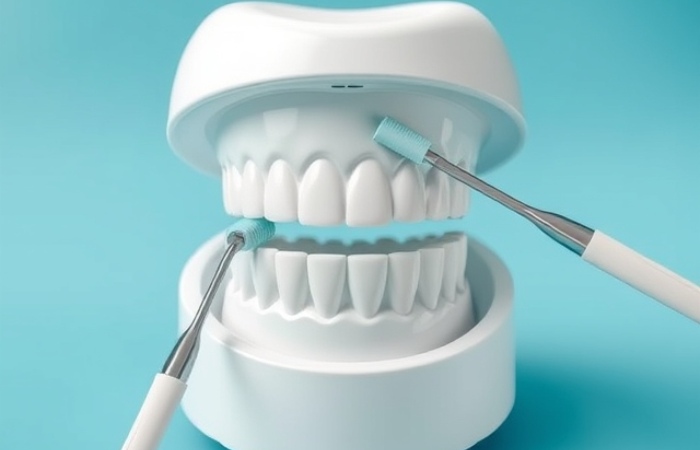Drills and other dental tools, in general, are the foundation of any dental health practitioner. Not only do these tools wear out over time, but proper maintenance and optimization help to prevent this and, at the same time, improve outcomes regarding patients and processes. Among all those instruments, dental polishers are necessarily crucial to obtaining a lustrous and smooth surface that is required in restorative and aesthetic procedures. Here, we will provide you with a step-by-step process of how you can maintain and care for your dental tools to enable this body to work as expected.

The Importance of Tool Maintenance in Dentistry

Your dental tools face constant wear and tear due to daily use. Without proper care, they can lose their effectiveness, compromise patient safety, and lead to costly replacements. Dental polishers, for instance, need routine upkeep to maintain their polishing capabilities and deliver superior results. Regular maintenance also helps avoid contamination risks, ensuring compliance with hygiene and safety standards.
Best Practices for Maintaining Dental Polishers
Regular Cleaning and Sterilization
Every time after proceeding through the various procedures, ensure the dental polishers are cleaned well to get rid of debris and residues. Clean with the agents that are prescribed and as advised by the manufacturer of your tool. Disinfect your instruments to reduce the count of germs and infections before using them on the next patient.
Inspection for Wear and Tear
Check your polishers regularly, looking for imperfect or overused polishing plates or structural defects. Worn-out polishers could affect the quality of work that has been done and, as such, should be replaced.
Proper Storage
Dental polishers should be stored in a dry area, preferably in sterilizing packages. Storage rooms and storage should not be over-packed as this might result in breakages or contamination.
Lubrication and Calibration
For polishers that have moving parts, check to see if they need any lubrication since any mechanical malfunctions should be avoided. Some of the additional tips recommend applying them to your polishing gadgets occasionally to make sure that they are in the correct way and optimally.
Optimizing the Performance of Dental Tools
Select the Right Tool for Each Procedure
Choosing the right dental polisher for a specific task is essential so that one will get the results one wants. For example, persons working on restorative materials will find a composite polisher appropriate to hone, while employees dealing with ceramics, particularly ceramic crowns, are better off pulling a diamond polisher.
Invest in High-Quality Tools
Premium dental polishers also last for a more extended period while offering accurate performance. Although they are pretty pricey, they are worthy investments since they last a long time and optimize the render of the room.
Train Your Team
Making sure that the staff knows how to use and apply the right tools as well as how they can maintain them. When misused, tools will cause them to deteriorate; hence, their effectiveness and durability are compromised.
Track Tool Usage
Lay down a mechanism that would help monitor the frequency at which the tools are used. Schedule in advance when to replace or repair some of them; this way, your tools will be practical.
Conclusion
Dental tool care is an essential element of practice and should be considered for maximum results to be achieved. This is because you reduce the chances of developing any issues with the tools that we use commonly in our work schedule. Maintenance practices, when appropriately applied, show that dental polishers and other instruments deliver the precise outcomes that patients deserve.
Any time and effort that is spent on tool maintenance shows your dedication to delivering nothing but the best to your patients – which is the fundamentals of a fruitful dental practice.